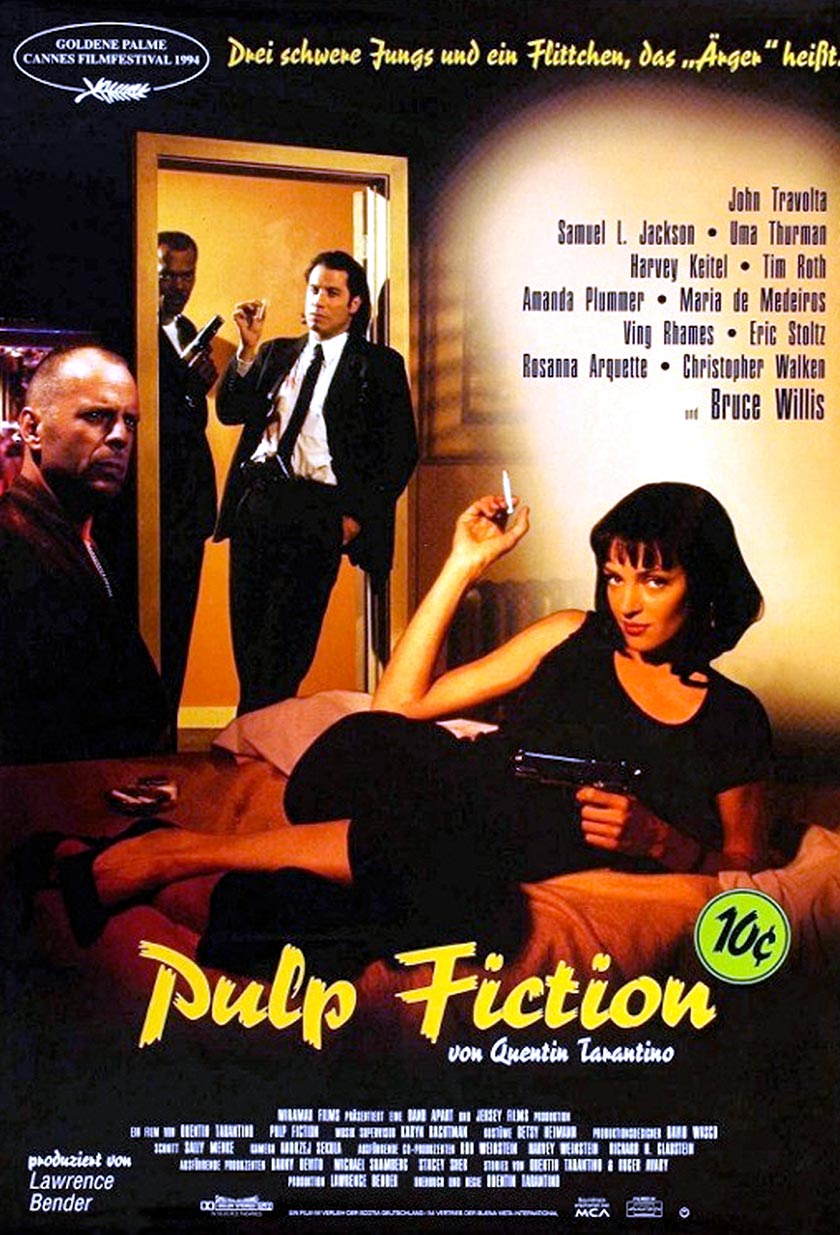In less than a week after its release, "Star Wars: The Force Awakens" generated over 700 million dollars at the box office worldwide. Nearly 40 years after it first appeared on the big screen, the saga dreamed up by George Lucas has become a global phenomenon.
But when "Star Wars" was in its early stages in the 1970s, nobody believed in this project from a young director who had recently finished his second feature film, "American Grafitti". No studio wanted to gamble on his intergalactic story which would end up reinvigorating the science fiction world and propelling Hollywood into the blockbuster era.
Having received a flat refusal from Universal, George Lucas managed somehow to persuade Fox, which gave him a budget of 11 million dollars despite its reservations about casting unknown actors (Harrison Ford, Mark Hamill and Carrie Fisher).
But two years of preproduction, a difficult shoot in Tunisia and England, and a more expensive post-production process than planned because of the many special effects, threatened the movie's release.
However, "Star Wars: A New Hope" proved to be an immediate success when it was released in 1977, winning seven Oscars and earning over 600 million dollars at the box office worldwide.
Directors on the edge of a nervous breakdown
George Lucas was severely put to the test during the filming of the first "Star Wars". He even spent some time in hospital because of the accumulated stress. Around the same time another director whose name is now legendary found himself dealing with a testing and chaotic shoot, Francis Ford Coppola was working on his seminal film "Apocalypse Now".
Having embarked on this venture alone, without the help of the studios which had driven him crazy during production of "The Godfather" and its sequel, the director had to double the budget for his movie. He even went as far as mortgaging his house and possessions, including his vineyard in Napa, to get to the end of the extremely testing 18 months of filming in the Philippines.

On top of that was an actor who didn't know his lines (Marlon Brando), another who was fired after two weeks (Harvey Keitel), a typhoon and megalomaniac behavior from the director.
Fortunately, the film was awarded a Palme d'Or at the Cannes Film Festival when it was released in 1979 and over 35 years later, remains the benchmark movie on the Vietnam War.
Studios wary about audacious projects
Even when there are no complications while filming, some movies can take a long time to become a reality due to a lack of financing. In the 1990s, Columbia TriStar rejected Quentin Tarantino's "Pulp Fiction". Co-writer Roger Avary summed up the studio's reaction as essentially "This is the worst thing ever written. It makes no sense. Someone's dead and then they're alive. It's too long and too violent."
Less disturbed by the script, Harvey Weinstein's company Miramax picked up the project for a budget of 8 million dollars. When it was released in 1994, the movie generated 213 million dollars, boosted the careers of John Travolta, Bruce Willis and Samuel L. Jackson, and confirmed Tarantino's talent (he won a Palme d'Or and an Oscar for best original screenplay).

Years earlier, Columbia had rejected another movie that became a massive success: "E.T." At the start, Steven Spielberg had imagined a darker story with evil aliens. Having reworked the script when the first "Indiana Jones" was being filmed, the director put forward a new storyline: an extraterrestrial welcomed on earth by a young boy. Columbia feared an overly insipid result, and preferred to leave it alone.
The movie finally came out thanks to Universal, and was phenomenally successful.

More recently, 2012 Oscar winner, the black-and-white silent movie "The Artist", also had problems getting off the ground. Michel Hazanavicius also had problems getting the financing together for the French film. TV channels were not prepared to commit to the movie and the advance on its future revenues was refused.
Financing was finally arranged thanks to Thomas Langmann, the only person to believe in the project, via his independent company La Petite Reine. The year after its release, the romantic comedy-drama won five Oscars, including best film and best director, six Césars, three Golden Globes and an award at the Cannes Film Festival for its leading actor, Jean Dujardin.










